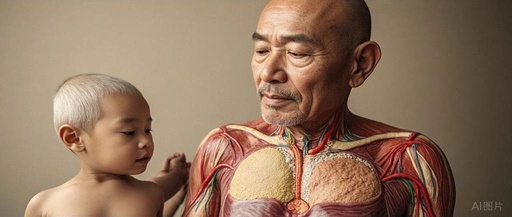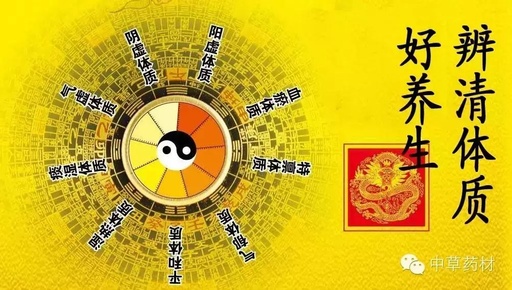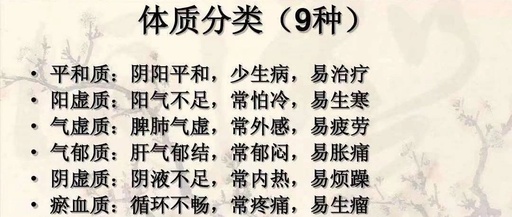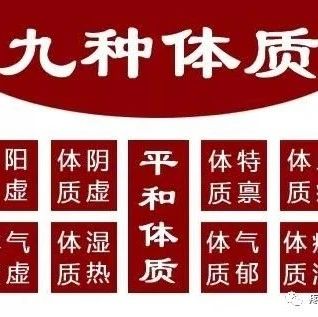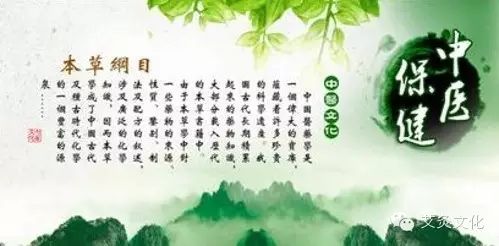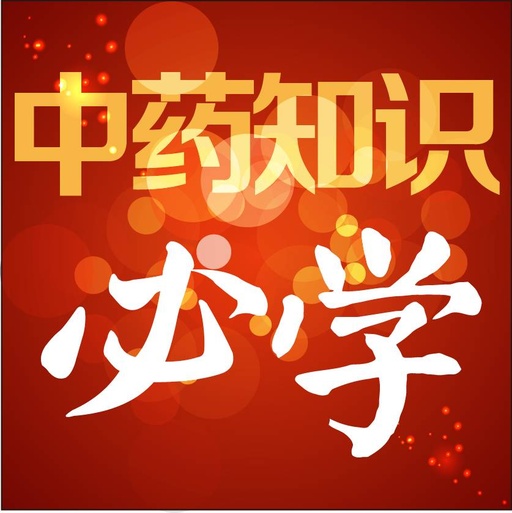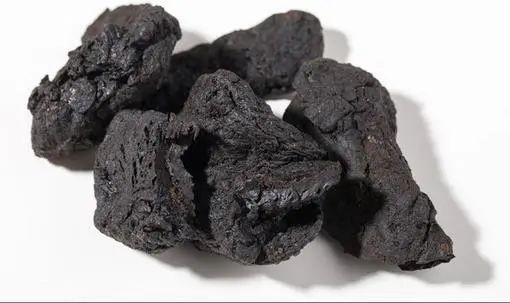The Nine Types of Constitution in Traditional Chinese Medicine and Their Determination Table Explained
Introduction The standard for “Classification and Determination of TCM Constitution” has been officially released. This standard is the first document in China to guide and regulate the research and application of TCM constitution, aiming to provide a basis for constitution identification and the prevention and treatment of diseases related to TCM constitution, as well as … Read more


